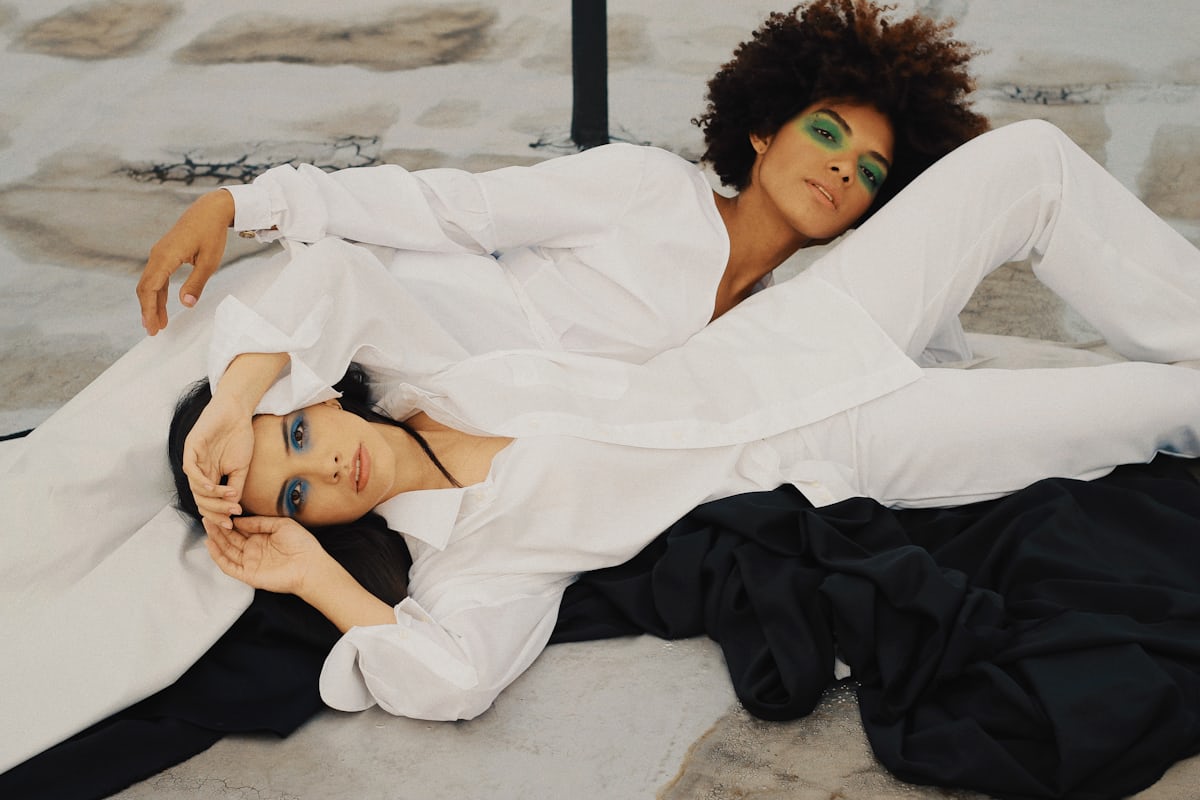Eyeshadow is more than just makeup—it’s a powerful tool of expression. With a single swipe of color, you can add depth, dimension, drama, or softness. But with countless textures, palettes, and pigments flooding the beauty market, choosing the right eyeshadow can feel overwhelming. The secret? Understanding your skin tone, eye color, occasion, and desired effect.
Here’s a guide to mastering the art of eyeshadow selection, whether you’re a minimalist or a full-glam devotee.
1. Consider Your Eye Color: Enhance What Nature Gave You
The most flattering eyeshadow shades are often those that contrast slightly with your natural eye color, making your eyes pop.
Brown Eyes: Lucky you—almost every color complements brown eyes. Bronze, copper, navy, plum, and warm neutrals bring out the richness.
Blue Eyes: Warm tones like peach, gold, copper, and rust intensify the coolness of blue eyes.
Green Eyes: Purples, mauves, and reddish undertones like burgundy and rose gold beautifully enhance green tones.
Hazel Eyes: Use greens, taupes, and golds to highlight the mix of shades in hazel irises.
2. Match Your Skin Tone: Harmony is Key
Understanding your undertone—cool, warm, or neutral—can guide your eyeshadow choices.
Fair Skin: Light pastels, soft taupes, pinks, and champagne shades offer a delicate glow.
Medium/Olive Skin: Warm golds, bronzes, terracotta, and olive shades complement the golden undertones.
Deep Skin: Rich jewel tones (emerald, sapphire, ruby), metallics, and warm earth tones like copper and sienna look radiant.
3. Texture Matters: Know the Finish
Eyeshadows come in various finishes, and each creates a different effect:
Matte: Great for everyday wear, crease work, and a polished, sophisticated look.
Shimmer: Adds a luminous glow—ideal for highlighting the inner corners or center of the lids.
Metallic: High-impact, glamorous, perfect for evening events or festive occasions.
Glitter: Bold and sparkling—best for party makeup or editorial looks.
Satin: A soft sheen that strikes a balance between matte and shimmer, suitable for day-to-night transitions.
4. Define the Occasion: Day vs. Night Looks
Daytime: Stick to neutral tones like soft browns, beige, light pinks, or muted mauves for a natural, fresh look.
Work/Professional Settings: Opt for clean matte finishes in taupe, warm browns, or cool greys for definition without drama.
Evening/Events: Don’t be afraid to go bold with deeper shades, layered shimmer, smoky blends, or metallic pops.
5. Choose the Right Palette: Quality Over Quantity
While it’s tempting to buy massive eyeshadow palettes, sometimes less is more. Invest in a high-quality palette with versatile shades that suit your lifestyle and complexion. A good palette should have:
* Transition shades (usually matte neutrals)
* A dark shade for definition
* A shimmer or highlight
* A pop of color (optional for variety)
6. Don’t Forget Your Tools
Even the perfect eyeshadow won’t blend well without the right tools. Invest in:
* A fluffy blending brush for soft transitions
* A flat shader brush for packing pigment
* A smudge brush for liner and lower lash work
And of course, always prime your eyelids to enhance pigment payoff and longevity.
Final Word: Eyeshadow as Self-Expression
There’s no one-size-fits-all rule in beauty. Your eyeshadow can be as bold or as bare as you like—it’s about expressing your mood, style, and personality. Whether you lean toward soft earth tones or shimmering metallics, the perfect shade is the one that makes you feel confident.
Because when you find the right eyeshadow, you’re not just adding color—you’re making a statement, one blink at a time.

